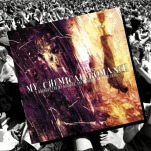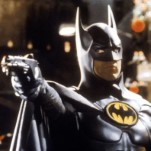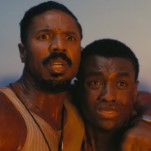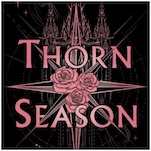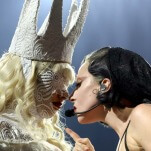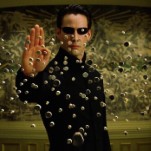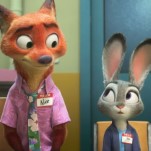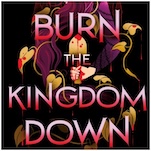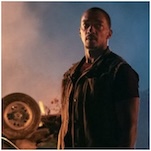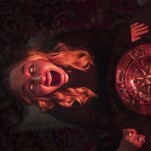In Defense of Banned Comics: 10 of Our Favorite Challenged Works
This week, September 21-27, is Banned Books Week, a time to celebrate the most challenged reads, and this year’s fight for the freedom to read is centered specifically on comics and graphic novels. To be clear, this week doesn’t raise awareness of Fahrenheit 451-style burnings or even Orwellian censorship. The works listed below are still widely available. There are, however, still people and parties who would like to curtail access to books that make them uncomfortable. In counties, towns and school districts across the country, some people are trying to have these titles removed from public libraries and schools. That’s where the Comic Book Legal Defense Fund comes in — the organization draws attention to these cases by providing financial and legal aid.
But let’s pause for a moment: are a few institutions within their rights to ban literature? Who cares if a single library in Missouri stops shelving Maus? Don’t forget that EC comics, those amazing purveyors of early sci-fi, horror and pulp comics of the 1950s, was put out of business by little more than censorship and faulty logic.
The following list is by no means comprehensive, but it illustrates the range of comic treasures that some people would judge inappropriate for public consumption. Some are surprising, like the benign Bone series, while others are definitely not, like the works of Frank Miller or Alan Moore. But all of these works offer cultural value that deserves to be experienced at some point, whether through parental guidance or otherwise.
![]()

1. Batman: The Dark Knight Strikes Again
Creators: Frank Miller & Lynn Varley
Challenge: The work contains sexism and explicit language.
Defense: Say what you will about The Dark Knight Strikes Again: it’s ham-handed at times, every character maintains the same hard-boiled voice and, yes, there’s certainly some sexism. It’s scattered and frenetic. There are, however, important themes at work. Writer/artist Frank Miller depicts a world distracted by talking heads and sex on TV, while a Lex Luthor-run puppet government strips away freedom. While this is clearly Miller’s critique of the post-9/11 world, there’s the very universal notion of trading in freedom for security. The plot is even oddly prescient. The line, “Once your thoughts are committed to disk the tyrants have them” carries an eerie weight in the wake of PRISM and NSA snooping. Not to mention the (ridiculously hyper-sexualized) band, The Superchix, who flout the despotic leadership with a concert. They’re the Pussy Riot of superheroes.
![]()

2. Batman: The Killing Joke
Creators: Alan Moore & Brian Bolland
Challenge: The work advocates rape and violence.
Defense: Yes, The Killing Joke is rough. The graphic novel starts off normal enough when Batman discovers that Joker has (yet again!) escaped from Arkham. But things escalate quickly when the pistol-wielding villain shows up at Barbara Gordon’s door. The joker maims and violates Barbara, while her father, Commissioner Gordon, is physically and mentally tortured. Yes, this book is violent and disturbing, but Alan Moore pours this graphic material through a philosophical and moral sieve to prove a point. Is any one of us a day, and a circumstance, away from insanity? Containing and advocating are very different things, and The Killing Joke doesn’t advocate violence and rape. When Gordon refuses to submit to despair and abandon the system he believes in, it advocates humanity and inner strength in the face of absolutely brutal adversity.
![]()

-

-

-

-

-

-

-

-

-

-

-

-

-

-

-

-

-

-

-

-

-

-

-

-

-

-

-

-

-

-

-

-

-

-

-

-

-

-

-

-









